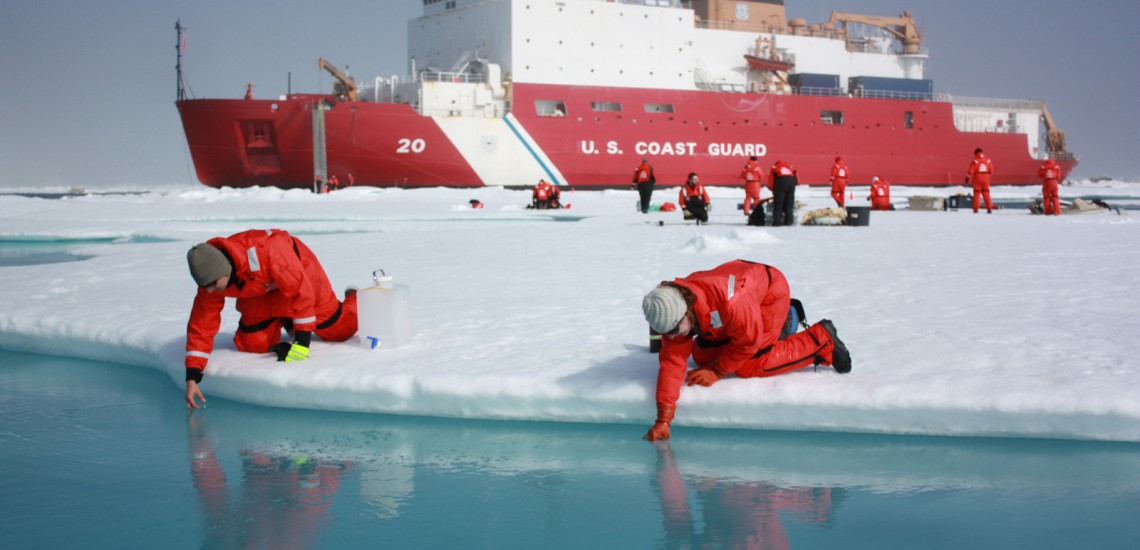The observations are used both to prepare marine forecasts, study climate change and provide a basis for the management of waters. They also tell a story about the physical conditions for all marine life.
From day to day
The main sources of information are observations, particularly from satellite, as well as data and forecasts for the atmosphere – the weather. The instruments are numerical models and advanced analysis.
Oceanographic research increases our understanding of how the ocean and sea ice behaves in our waters. It means better forecasts at sea. However, it is a challenge that we have far fewer observations from the ocean than from the atmosphere.
On a longer time scale
The physical conditions determine the living conditions for marine life at all levels, from plankton to fish and whales. Physical oceanography is thus fundamental to marine ecology and fisheries biology.
The ocean is an important part of the global climate system. For example, the circulation in the Atlantic Ocean (including the Gulf Stream) contributes to the climate in Norway being exceptionally mild in relation to its northern location.
Knowledge on waves, storm surges and tsunamis are important for the safety of activities at sea and the population in vulnerable coastal areas.
Pollution in the ocean is spread by ocean currents.
Oceanographic knowledge and models are important both in the case of acute spills and to identify long-range transport of pollution.
The energy exchange between the ocean and the atmosphere, for example, is of great importance in the short and long term – for both weather and climate. Future activities in the northern areas require reliable scenarios in terms of both weather extremes and climate change.
